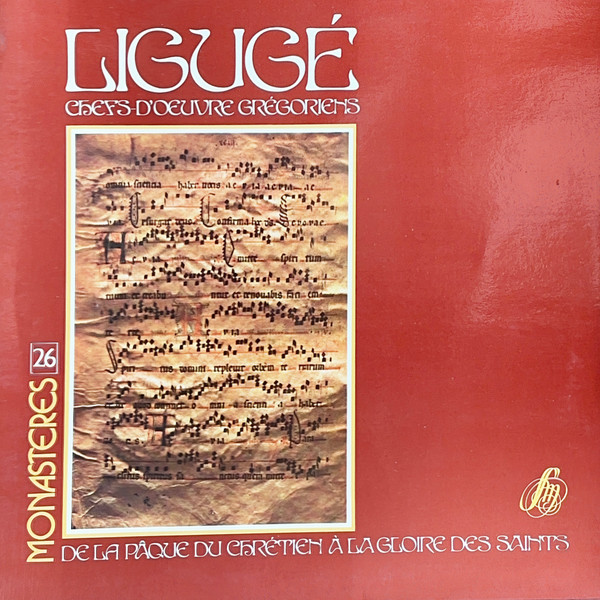On the front of some of these liturgical records is an image of some manuscript with musical notation. These are called neumen, and they form an early form of musical notation, that in the west developed into our modern sheet music. From what I can see, this one is rather old, and still far from that development.
When Gregorian chant was rediscovered at the height of religious power in the nineteenth century, not much was known about it. Dom Prosper Guéranger of the abbey of Solesmes invested his considerable resources to rediscover the lost art, leading to a musical revolution in the religious services in France. He restored all monasteries from their French services to the Latin Gregorian chant.
Part of that work was also the interpretation of the musical notation. They didn’t know what it meant anymore. The location relative to other neumen meant up or down in pitch, but for how long? And what is the exact tonal difference? This is where nineteenth century musical thinking mixed with the manuscripts created Gregorian chant. We have no idea if it really was like that. So what we really have is nineteenth century interpretation of the Middle Ages.
